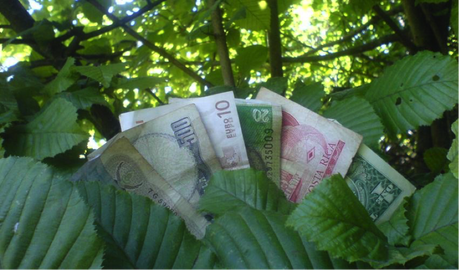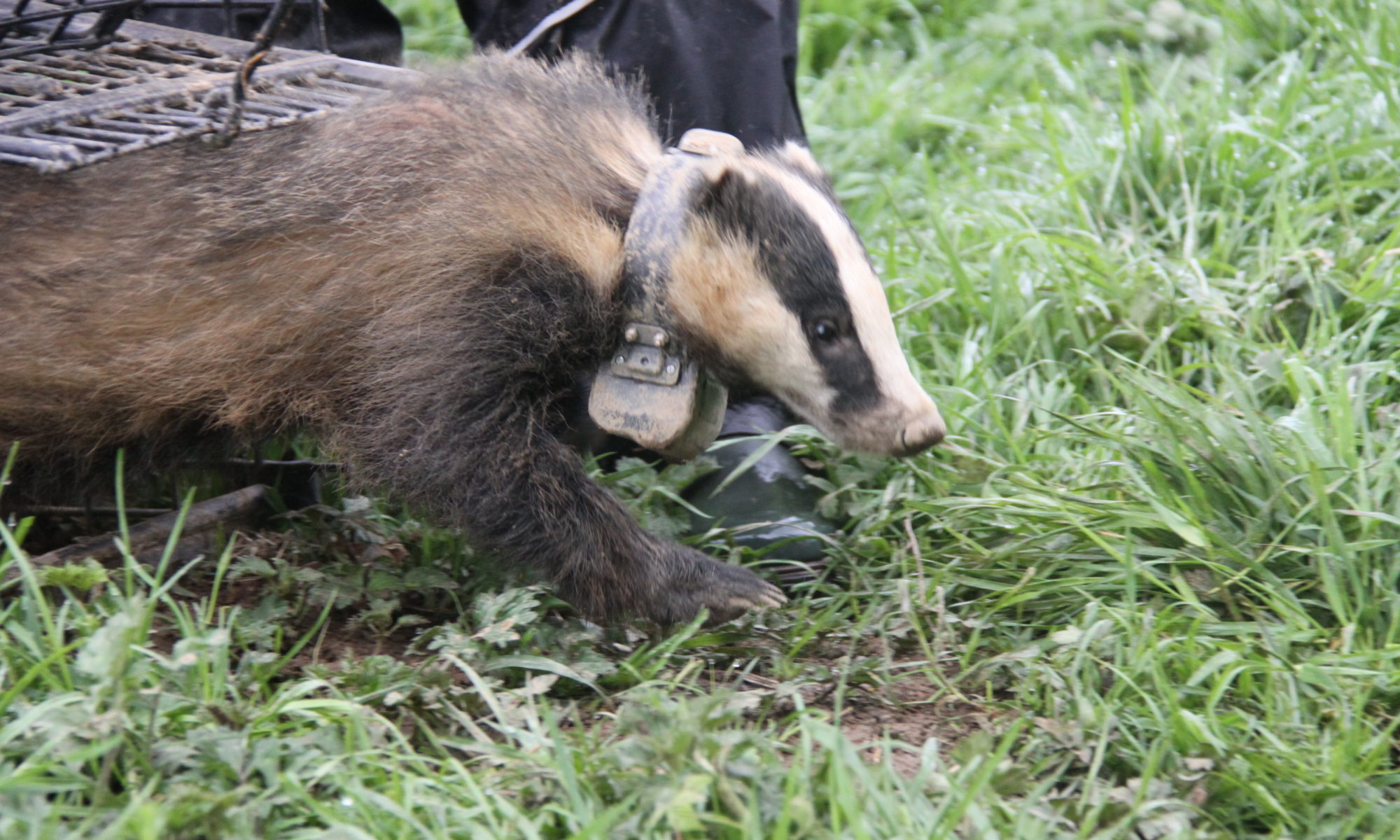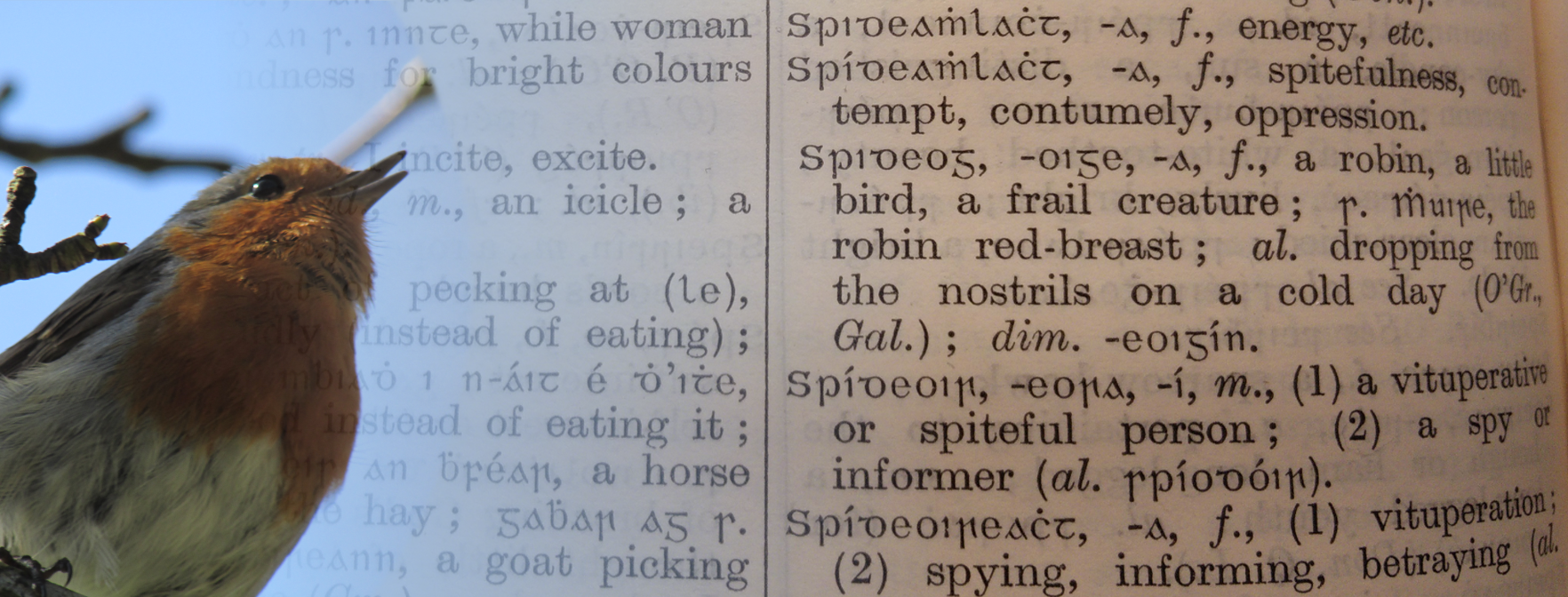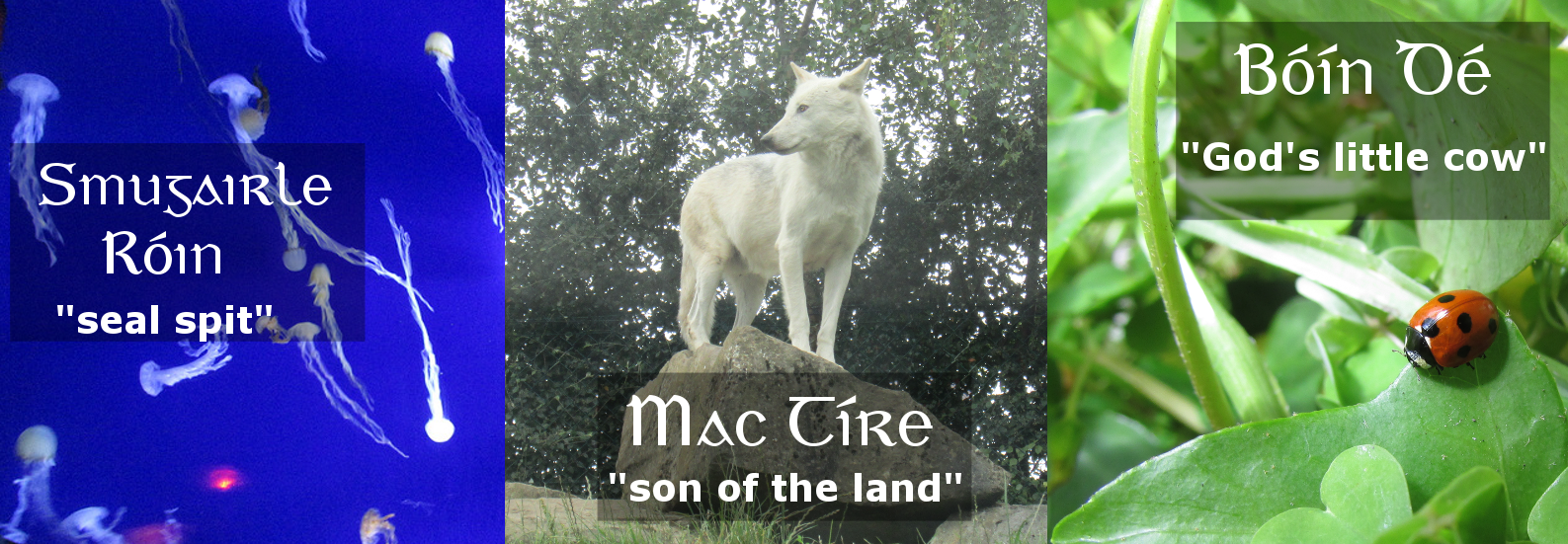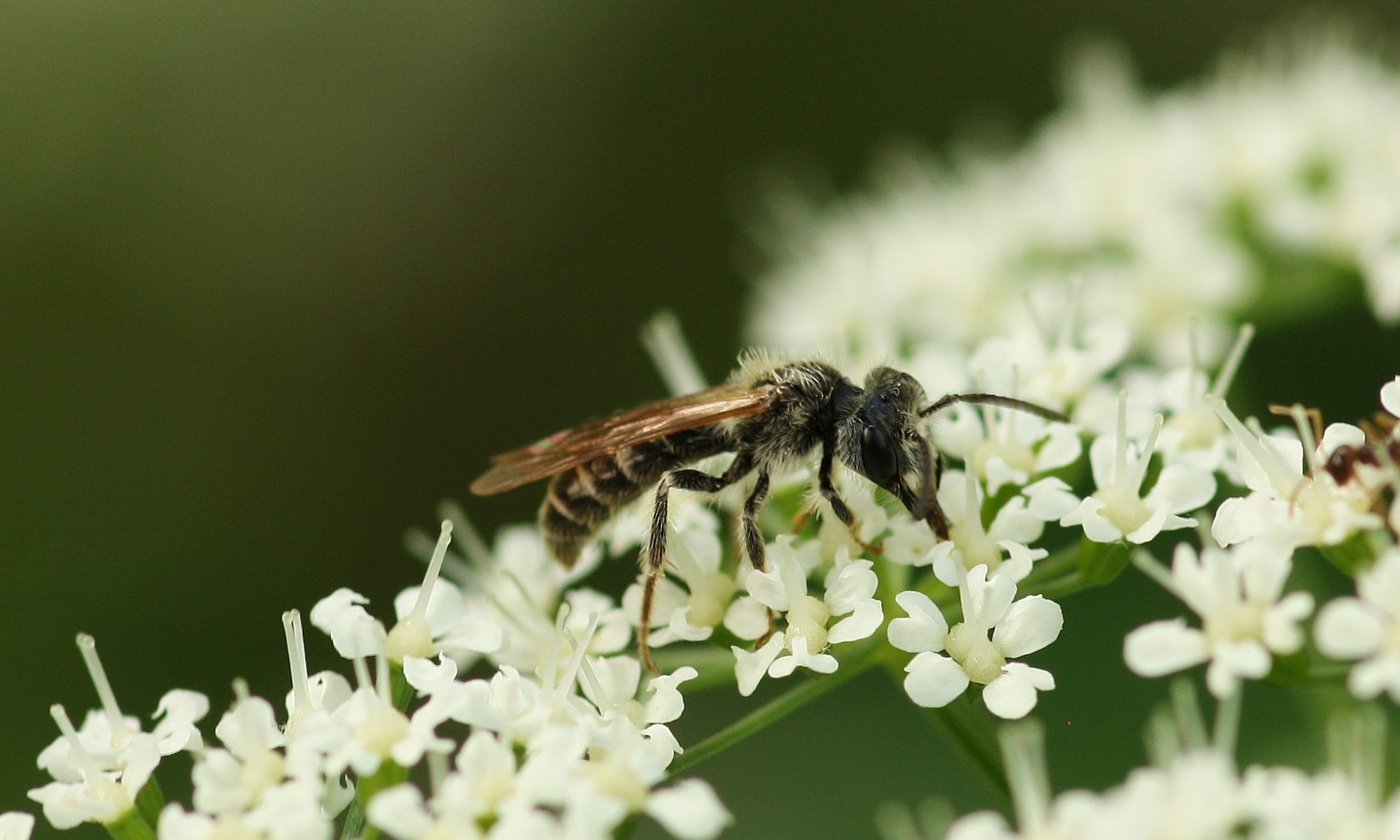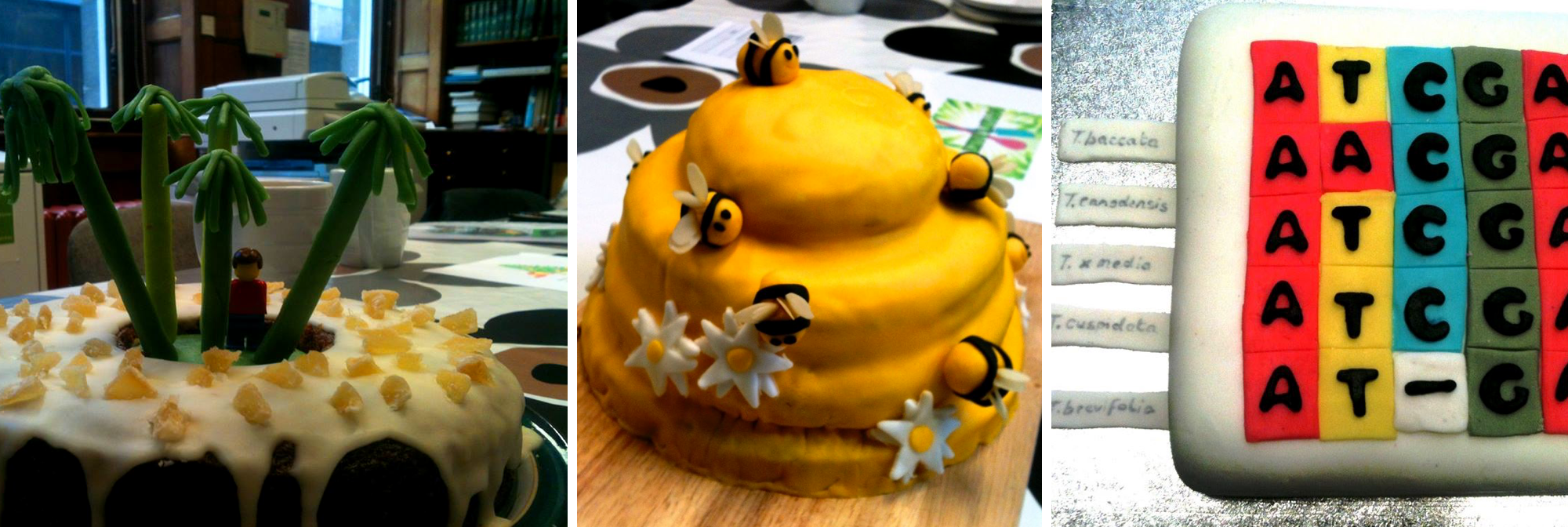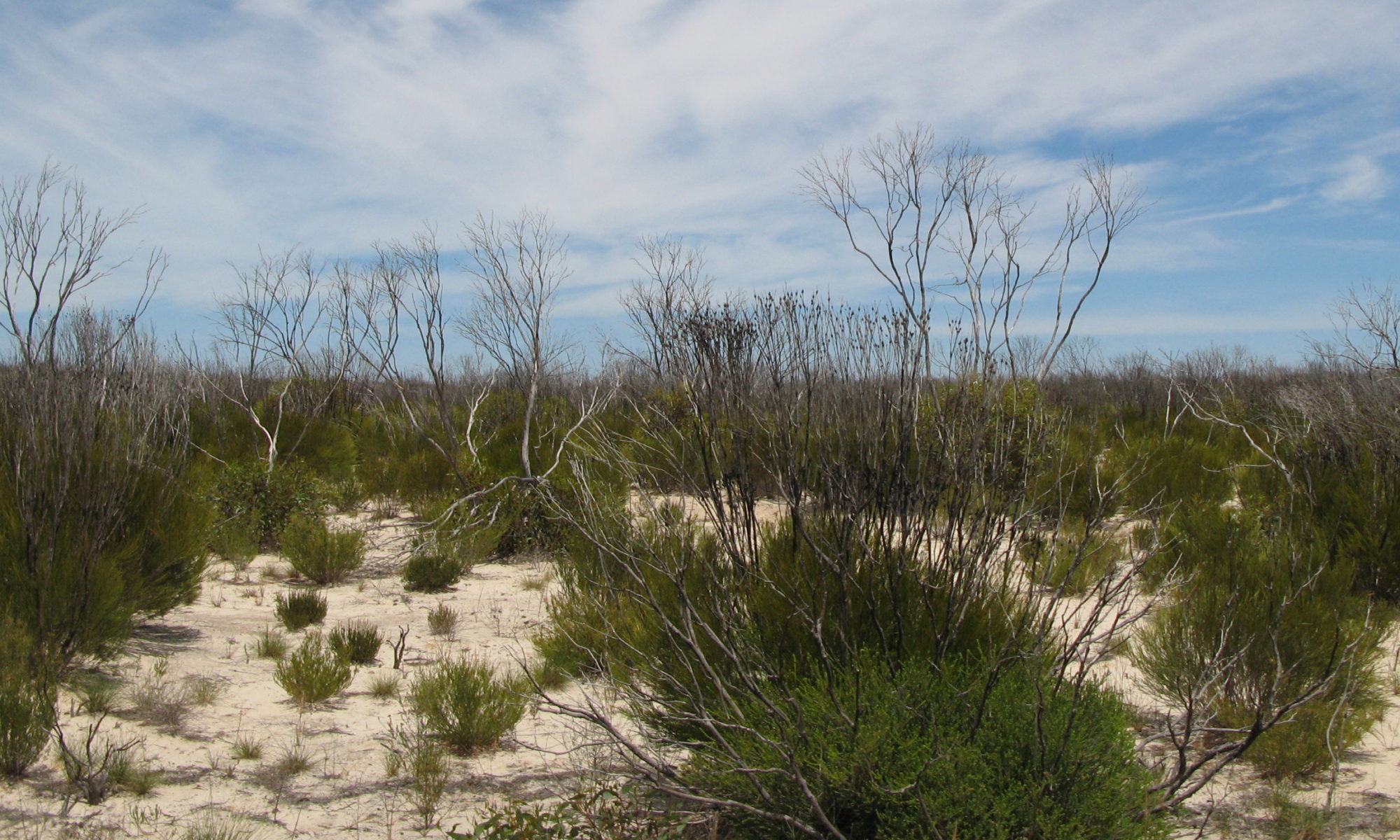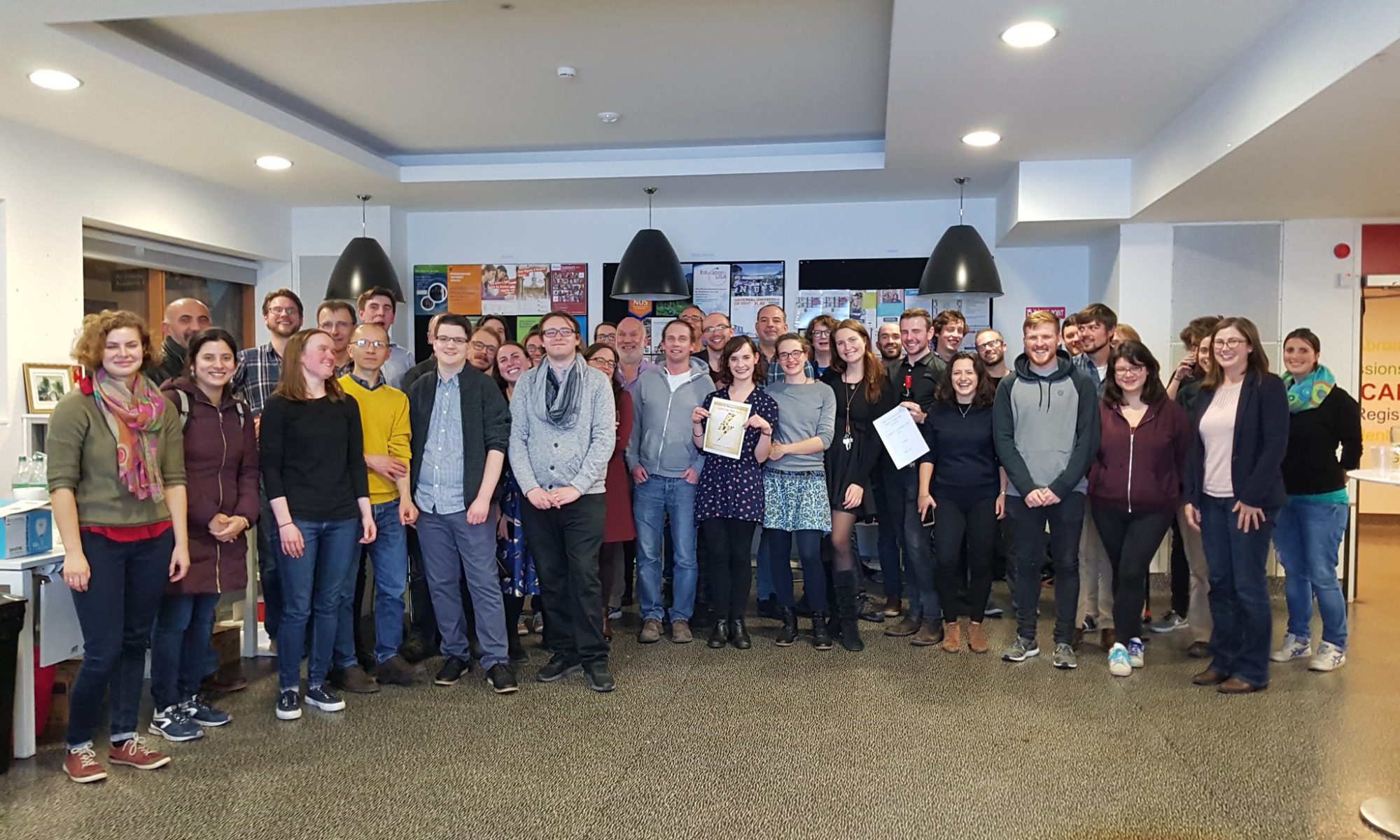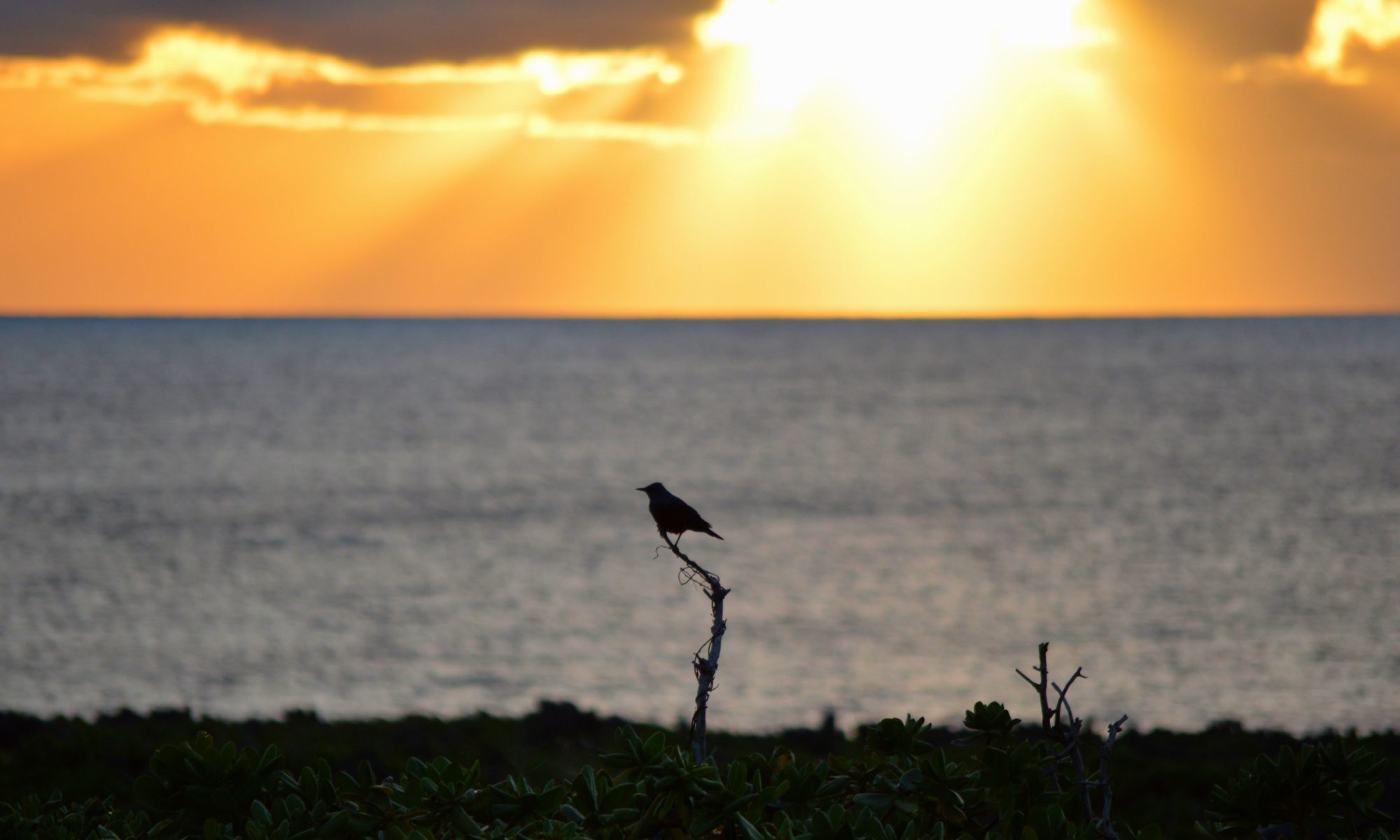“Proponents of natural capital accounting offer a compelling argument: by quantifying and valuing natural capital impacts and dependencies, and translating those assessments into systemised accounts, decision-makers in government and the corporate sector will be able to make more informed and, ultimately, sustainable decisions.
But can we assume that reliable and accurate economic information will translate into radical and effective action? It is over a decade since the Stern Review (2006) made the economic argument for Climate action. The 700-page Report concluded that failure to act would result in costs amounting to 5% of Global GDP per year, now and forever. Despite the sound economic warnings, action on climate change has not moved ahead at anything like the pace that is required. So what, if anything, is different about natural capital; why and how will putting nature on the balance books make a difference to how governments and corporations make decisions?…”
Read the full blog post on the Irish forum on Natural Capital.
The arguments outlined in this blog are developed in more detail in a report written for the National Economic and Social Council this year; Valuing Nature: Perspectives and Issues.
______________
About the Author
Dr. Patrick Bresnihan is a lecturer in Geography, Trinity College Dublin. His work spans the fields of political ecology, science and technology studies, and environmental humanities. Areas of research include the fisheries, water services, alternative energy and natural capital. Find out more about his research here:
Website | TCD Profile
Twitter | @pbresnihan
Academia.edu | Profile

